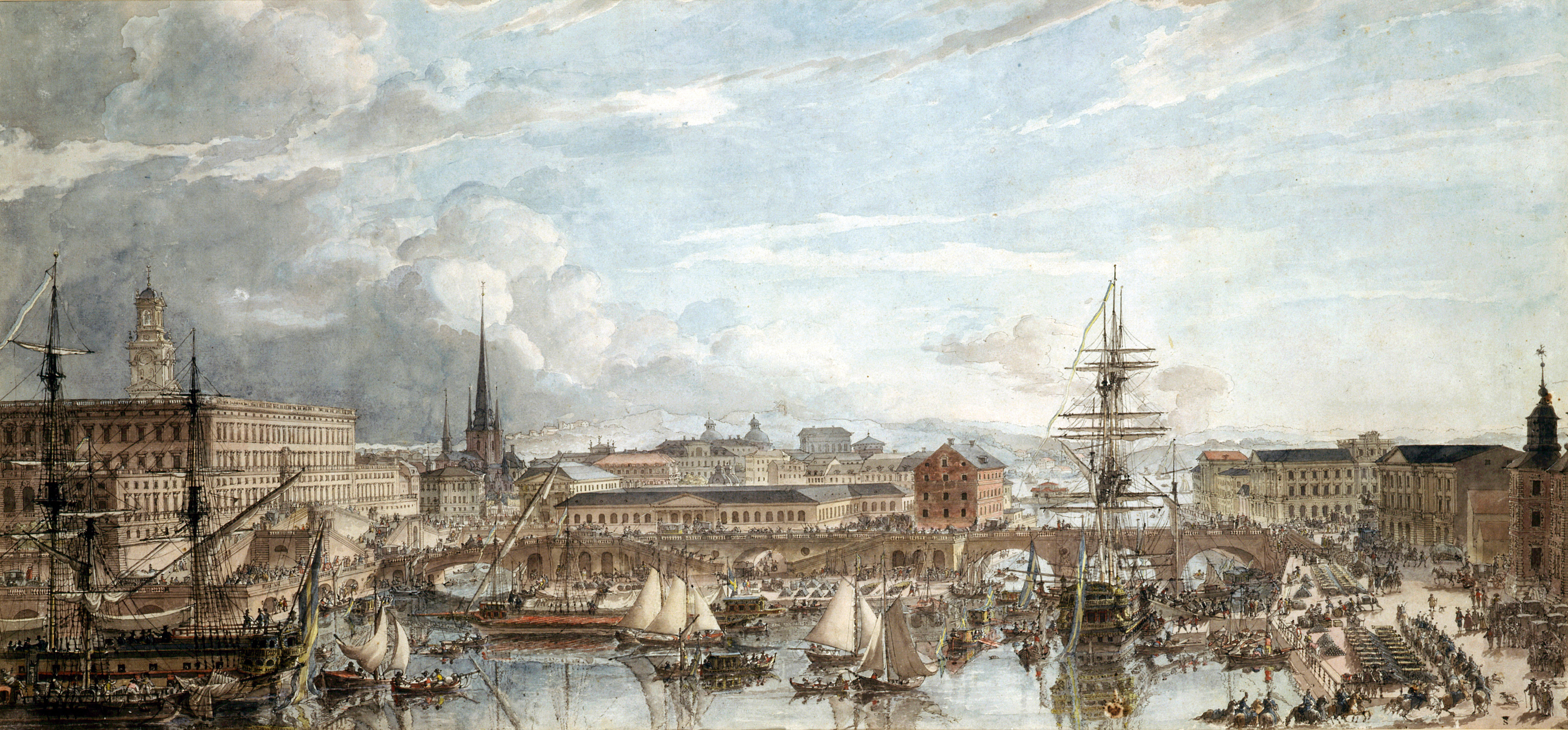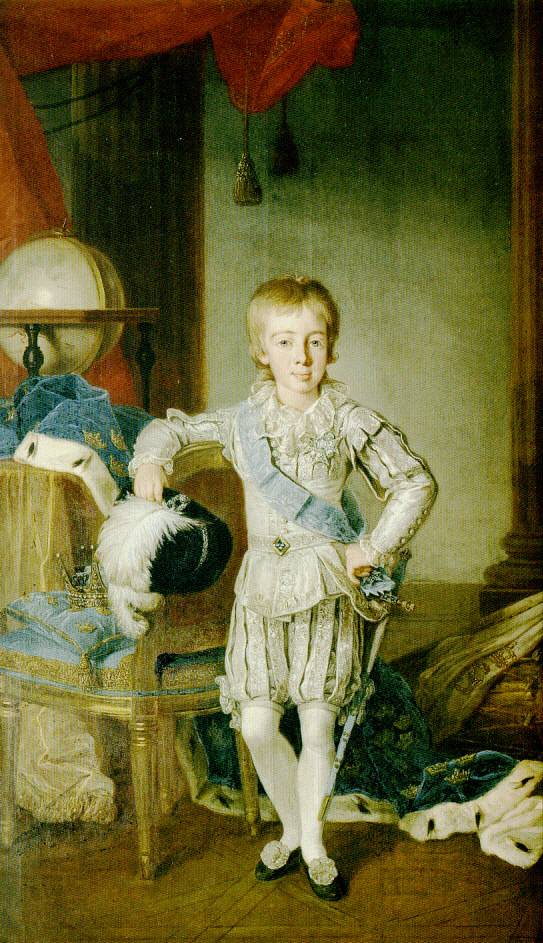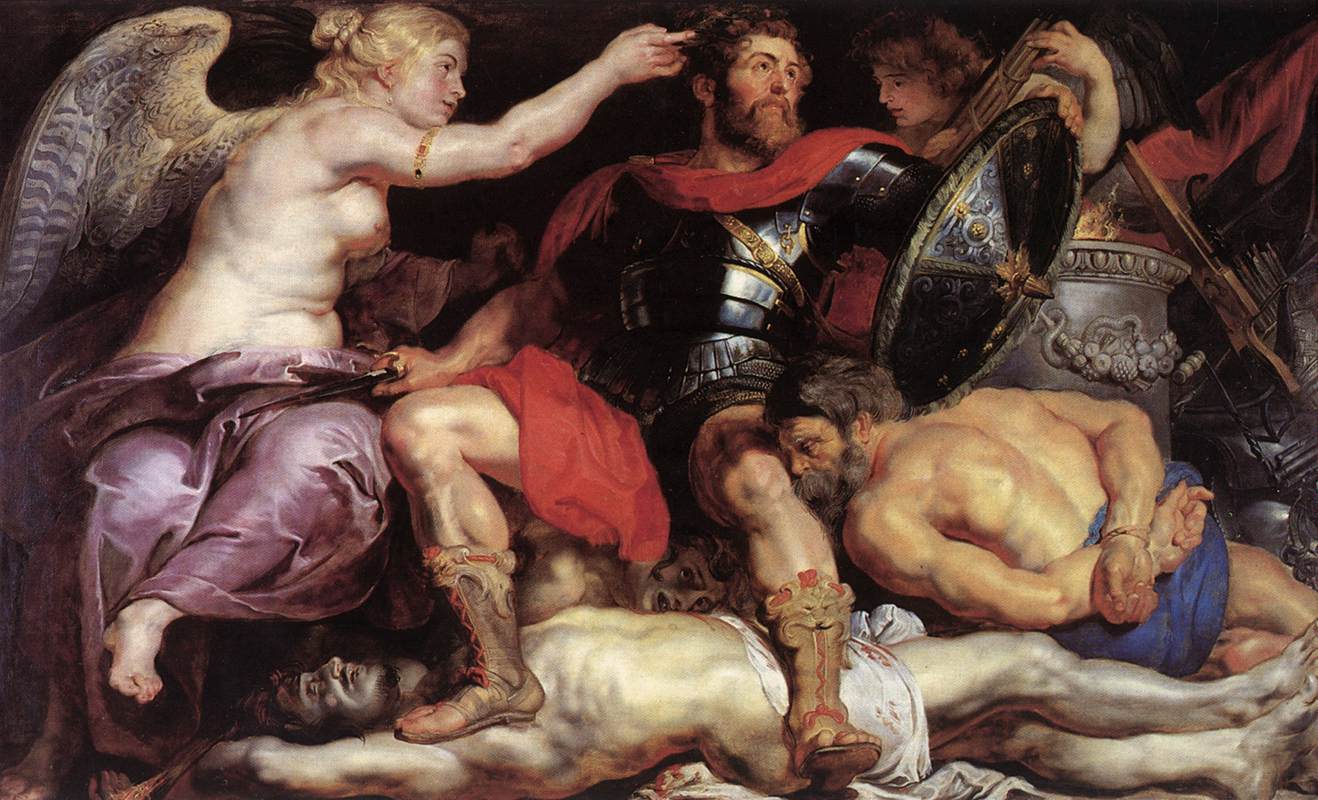|
Russo-Swedish War (1788–1790)
The Russo-Swedish War of 1788–1790 was fought between Gustavian era, Sweden and Russian Empire, Russia from June 1788 to August 1790. The war was ended by the Treaty of Värälä on 14 August 1790 and took place concomitantly with both the Austro-Turkish War (1788–1791), Russo-Turkish War (1787–1792) and Theatre War. The war was, overall, mostly insignificant for the parties involved. King Gustav III, Gustav III of Sweden initiated the war for domestic political reasons, hoping to gain support from the opposition. Despite forming an alliance with the Ottoman Empire, Sweden failed to secure support from Kingdom of Great Britain, Great Britain, the Dutch Republic, and Kingdom of Prussia, Prussia. Sweden's initial plan to attack Saint Petersburg and instigate a coup to depose Empress Catherine the Great, Catherine II did not materialize. The war led to Denmark–Norway declaring war on Sweden, but peace was eventually signed on 9 July 1789 after diplomatic intervention by Gr ... [...More Info...] [...Related Items...] OR: [Wikipedia] [Google] [Baidu] |
Russo-Swedish Wars
This is a list of wars between Russia, Sweden Sweden, formally the Kingdom of Sweden, is a Nordic countries, Nordic country located on the Scandinavian Peninsula in Northern Europe. It borders Norway to the west and north, and Finland to the east. At , Sweden is the largest Nordic count ... and their predecessor states. Wars between Sweden and the Novgorod Republic Wars between Sweden and Tsarist Russia See also * * Swedish–Novgorodian Wars – A series of conflicts between the 12th and 14th centuries. * * * * * * * Swedish intervention in Persia * Invasion of Åland References Works cited * * * * * * * * {{Russian conflicts Russia–Sweden military relations *Russia *Sweden *Sweden Wars, Sweden Wars, Sweden Wars, Russia Wars, Russia Lists of wars by country involved Lists of military conflicts ... [...More Info...] [...Related Items...] OR: [Wikipedia] [Google] [Baidu] |
Gustavian Era
The history of Sweden from 1772 to 1809 is better known as the Gustavian era of kings Gustav III and Gustav IV Adolf, as well as the reign of King Charles XIII. Gustav III Adolf Frederick of Sweden died on 12 February 1771. The elections afterward resulted in a partial victory for the Caps party, especially among the lower orders; but in the estate of the peasantry the Caps majority was merely nominal, while the mass of the nobility was dead against them. Nothing could be done, however, till the return of the new king, Gustav III, from Paris. Coronation oath The new coronation oath contained three revolutionary clauses: #The first aimed at making abdications in the future impossible by binding the king to reign uninterruptedly. #The second obliged him to abide, not by the decision of all the estates together, as heretofore, but by that of the majority only, with the view of enabling the actually dominant lower estates (in which there was a large Cap majority) to rule ... [...More Info...] [...Related Items...] OR: [Wikipedia] [Google] [Baidu] |
Valentin Musin-Pushkin
Count Valentin Platonovich Musin-Pushkin (Russian: Граф Валенти́н Плато́нович Му́син-Пу́шкин; ) was a Russian military and government official who reached the rank of field marshal. Biography Scion of a large and distinguished noble family, Musin-Pushkin was the son of Count Platon Ivanovich (1698-1745) and Marfa Petrovna Cherkasskaya. His father had suffered under the reign of Empress Anna Ioannovna, having been falsely accused of disloyalty and underwent a long period of imprisonment and possible torture. Valentin enlisted into the Russian Imperial Guard in 1747 and would see service in the Seven Years' War, reaching the rank of 2nd major of the Horse Guards. He served as a member of the honor guard at the coronation of Catherine the Great, and in turn was given a high rank in the civil service and rewarded part of the estate that had been confiscated from his father, along with 600 souls to work on it. By 1769 he had been promoted to chambe ... [...More Info...] [...Related Items...] OR: [Wikipedia] [Google] [Baidu] |
Theatre War
The Theatre War (), Cowberry War, Cranberry War or Lingonberry War (, ), was a brief war between Denmark–Norway and Sweden, starting on 24 September 1788, formally lasting until 9 July 1789. Although the decision to launch the attack was taken in Denmark, the majority of the attacking soldiers were Norwegians from the Norwegian army. The attack was directed towards the region known as Bohuslän in Sweden, and was supposed to act as a diversion to relieve Russia, who was an ally of Denmark–Norway and had recently been attacked by Sweden (Gustav III's Russian War). This forced Denmark–Norway to honour their alliance between the two states that had been signed in 1773. Background When Gustav III of Sweden on his own initiative, and unconstitutionally, attacked Russia in 1788 and thereby started the Russo-Swedish War of 1788–90, Denmark-Norway found itself in an awkward position. In the 1773 Treaty of Tsarskoye Selo, Denmark–Norway had committed itself to assist with 1 ... [...More Info...] [...Related Items...] OR: [Wikipedia] [Google] [Baidu] |
Conquests
Conquest involves the annexation or control of another entity's territory through war or coercion. Historically, conquests occurred frequently in the international system, and there were limited normative or legal prohibitions against conquest. The onset and diffusion of nationalism (the belief that nation and state should be congruent), especially in the 19th century, made the idea of conquest increasingly unacceptable to popular opinion. Prohibitions against conquest were codified with the establishment of the League of Nations following World War I and of the United Nations at the end of World War II. Scholars have debated the strength of a norm against conquest since 1945. Conquest of large swaths of territory has been rare since the end of World War II. However, states have continued to pursue annexation of small territories. History Military history provides many examples of conquest: the Roman conquest of Britain, the Mauryan conquest of Afghanistan and of vast areas ... [...More Info...] [...Related Items...] OR: [Wikipedia] [Google] [Baidu] |
Status Quo Ante Bellum
The term is a Latin phrase meaning 'the situation as it existed before the war'. The term was originally used in treaties to refer to the withdrawal of enemy troops and the restoration of prewar leadership. When used as such, it means that no side gains or loses any territorial, economic, or political rights. This contrasts with , where each side retains whatever territory and other property it holds at the end of the war. Historical examples An early example is the treaty that ended the Byzantine–Sasanian War of 602–628 between the Eastern Roman and the Sasanian Persian Empires. The Persians had occupied Asia Minor, Palestine and Egypt. After a successful Roman counteroffensive in Mesopotamia finally ended the war, the integrity of Rome's eastern frontier as it was prior to 602 was fully restored. Both empires were exhausted after this war, and neither was ready to defend itself when the armies of Islam emerged from Arabia in 632. Another example is the sixteenth-cent ... [...More Info...] [...Related Items...] OR: [Wikipedia] [Google] [Baidu] |
Defense Pact
A defense pact ( Commonwealth spelling: defence pact) is a type of treaty or military alliance in which the signatories promise to support each other militarily and to defend each other.Volker Krause, J. David Singer "Minor Powers, Alliances, And Armed Conflict: Some Preliminary Patterns", in "Small States and Alliances", 2001, pp 15–23, (Print) (Online/ref> Generally, the signatories point out the threats and concretely prepare to respond to it together.Fulvio Attinà "State aggregation in defense pacts: systemic explanations", Jean Monnet Working Papers, University of Catania, nr. 56, November 2004, ISSN 2281-902/ref> Current treaties Historical treaties See also * Military alliance * List of military alliances A military alliance is a legally binding treaty between two or more parties in which the contracting parties agree to mutually protect one another militarily in case of an armed conflict. Military alliances differ from Coalition#Military, coaliti ... Referen ... [...More Info...] [...Related Items...] OR: [Wikipedia] [Google] [Baidu] |
Stockholm
Stockholm (; ) is the Capital city, capital and List of urban areas in Sweden by population, most populous city of Sweden, as well as the List of urban areas in the Nordic countries, largest urban area in the Nordic countries. Approximately 1 million people live in the Stockholm Municipality, municipality, with 1.6 million in the Stockholm urban area, urban area, and 2.5 million in the Metropolitan Stockholm, metropolitan area. The city stretches across fourteen islands where Mälaren, Lake Mälaren flows into the Baltic Sea. Outside the city to the east, and along the coast, is the island chain of the Stockholm archipelago. The area has been settled since the Stone Age, in the 6th millennium BC, and was founded as a city in 1252 by Swedish statesman Birger Jarl. The city serves as the county seat of Stockholm County. Stockholm is the cultural, media, political, and economic centre of Sweden. The Stockholm region alone accounts for over a third of the country's Gros ... [...More Info...] [...Related Items...] OR: [Wikipedia] [Google] [Baidu] |
Treaty
A treaty is a formal, legally binding written agreement between sovereign states and/or international organizations that is governed by international law. A treaty may also be known as an international agreement, protocol, covenant, convention, pact, or exchange of letters, among other terms; however, only documents that are legally binding on the parties are considered treaties under international law. Treaties may be bilateral (between two countries) or multilateral (involving more than two countries). Treaties are among the earliest manifestations of international relations; the first known example is a border agreement between the Sumer, Sumerian city-states of Lagash and Umma around 3100 BC. International agreements were used in some form by most major civilizations and became increasingly common and more sophisticated during the Early modern period, early modern era. The early 19th century saw developments in diplomacy, foreign policy, and international law reflected by ... [...More Info...] [...Related Items...] OR: [Wikipedia] [Google] [Baidu] |
Treaty Of Åbo
The Treaty of Åbo, or the Treaty of Turku, was a peace treaty signed between the Russian Empire and Sweden in Åbo (Turku) on in the end of the Russo-Swedish War of 1741–1743. History By the end of the war, the Imperial Russian Army had occupied most of Finland, prompting Field Marshal Trubetskoy and Chancellor Aleksey Bestuzhev to demand the application of '' uti possidetis'' principle in this case. By acquiring Finland, Russian politicians aspired to move the Swedish border considerably to the north, thus reducing the danger of Swedish attack on the Russian capital, Saint Petersburg. In the hope of gaining independence, the Finnish estates offered the ephemeral throne of their country to Duke Peter of Holsten-Gottorp, the heir apparent to the Russian Crown. Another party at the Russian court, represented by pro-Swedish Count Jean Armand de Lestocq and Peter's Holsteinian relatives, proposed to return Finland to the Swedes in recompense for having his uncle, Ad ... [...More Info...] [...Related Items...] OR: [Wikipedia] [Google] [Baidu] |
Catherine The Great
Catherine II. (born Princess Sophie of Anhalt-Zerbst; 2 May 172917 November 1796), most commonly known as Catherine the Great, was the reigning empress of Russia from 1762 to 1796. She came to power after overthrowing her husband, Peter III. Under her long reign, inspired by the ideas of the Enlightenment, Russia experienced a renaissance of culture and sciences, which led to the founding of many new cities, universities, and theatres, along with large-scale immigration from the rest of Europe and the recognition of Russia as one of the great powers of Europe. In her accession to power and her rule of the empire, Catherine often relied on her noble favourites, most notably Count Grigory Orlov and Grigory Potemkin. Assisted by highly successful generals such as Alexander Suvorov and Pyotr Rumyantsev, and admirals such as Samuel Greig and Fyodor Ushakov, she governed at a time when the Russian Empire was expanding rapidly by conquest and diplomacy. In the south, the ... [...More Info...] [...Related Items...] OR: [Wikipedia] [Google] [Baidu] |






